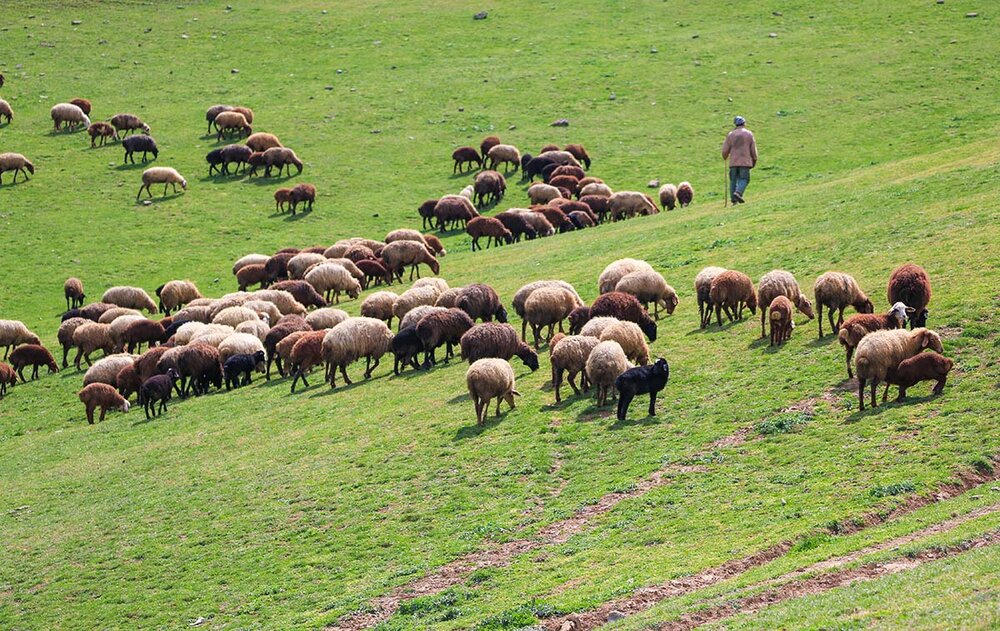Have Iran’s rangelands been shrinking over past decades?

TEHRAN – Rangelands in Iran were estimated at over 90 million hectares some 50 years ago, while the figure is currently 84.8 million hectares, the deputy director for the Forests, Range, and Watershed Management Organization has said.
“However, the statistics reported decades ago regarding the area of rangelands may not be accurate due to lack of precise measuring instruments,” Tarahom Behzad explained.
Rangelands are grasslands, shrub lands, woodlands, wetlands, and deserts that are grazed by domestic livestock or wild animals.
Rangelands are distinguished from pasture lands because they grow primarily native vegetation, rather than plants established by humans, which are also managed principally with practices such as managed livestock grazing and prescribed fire rather than more intensive agricultural practices of seeding, irrigation, and the use of fertilizers.
Pastures covered some 90 million hectares area of land 50 years ago, while 74 percent of which were in good condition, Behzad told ISNA on Monday.
It shrank to 84.8 million hectares constituting 52 percent of the country’s land area, he added.
He went on to say that over half of the country's rangelands are in poor condition and its canopy cover (vegetation height) is less than 25 percent.
Establishment of industries, mining, and overgrazing are among the factors contributed to the depletion of rangelands, he highlighted.
He further stated that 75 percent of the rangelands value is environmental such as preventing soil erosion, reducing runoff volume and flooding potential, increased groundwater recharge and preserving plant and animal species.
The annual economic value of rangelands per hectare is $232, which is mostly related to medicinal, food and industrial products, he highlighted.
Criticizing a lack of law on protection of rangelands, he noted that the law on conservation and exploitation of forests and rangelands has a more forest-based approach and deals with rangelands on a case-by-case basis.
If an independent law on pastures legislates, rangeland depletion will be largely prevented, he suggested.
Behzad concluded that the restrictions on the transfer of rangelands that will soon be announced to the provinces.
Ali Moridi, an official with the Department of Environment, said in July 2018 that in recent years, soil erosion, climate change, drought spells, overexploitation as well as over-grazing have led to the degradation of many rangelands in Iran.
“If rangelands are not managed properly in the country, undoubtedly, no rangeland will remain within the next few years,” he regretted.
FB/MG
Leave a Comment